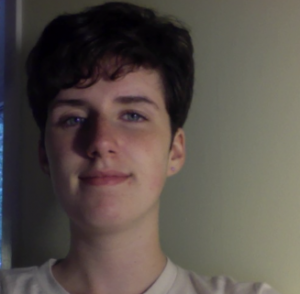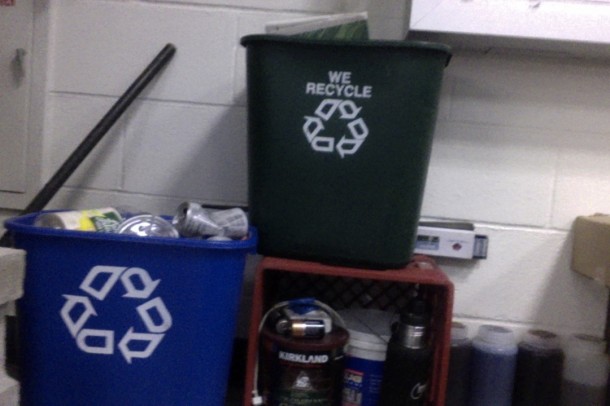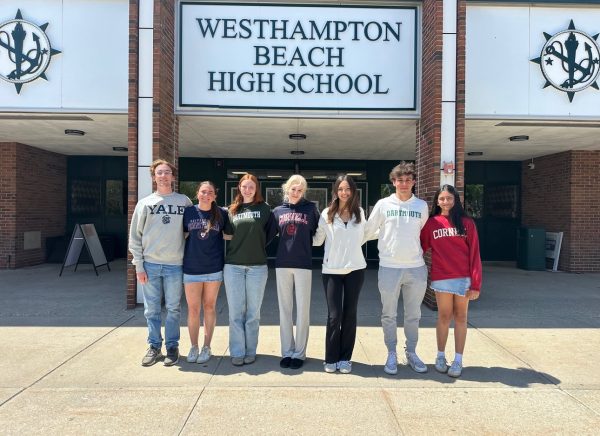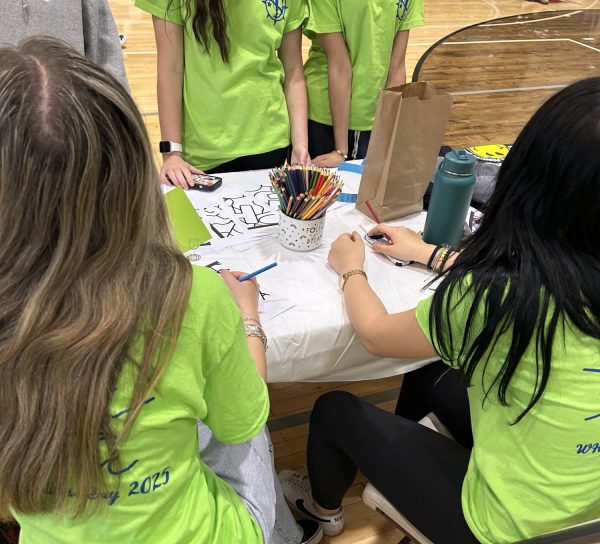Become a Recycling Guru
Inside about every classroom there are green and blue bins that mean a lot more than just a “garbage can” for your used tissues and chewed up gum. The recycling bins are exactly what they are called, but most students don’t even know what can and cannot be recycled.
The recycling bins of course did not just magically appear from the heavens, but were bought and placed around the school by the environmental club, Classmates United Restoring the Environment, or simply just C.U.R.E.
The first C.U.R.E. group in the school was in 1991, where the kids came up with the recycling program for the school. As said by Mr. Kommer, the marine biology teacher, “the recycling program started because we had none, and it’s a no brainer.” Ever since then, it’s been the job of the C.U.R.E members to recycle and keep the program running.
Everyone has had to have seen the members running around the hallways during extra help with the giant blue recycling bins, collecting all the recyclables. Members sift through the green and blue bins, often coming across non-recyclables such as used tissues and chewed up gum, food, and other weird and obscure things.
The recycling bins are not trash cans, but a lot of times sifting through them seems like sifting through a dumpster. What can and should be recycled are cans and bottles in the blue bin, or any plastics that are five or under. The five and under is a number that can usually be found on the bottom of the bottle in a triangle. Paper and cardboards, (the cardboard has to be corrugated or states on the box made of recyclable papers), go into the green bins.
After the members are done recycling, the bags are tied up, and Kommer takes them to the Southampton transfer station. From there they go to the MRF (Materials Recycling Facility) in Yaphank, where the plastics and paper are bailed up, and glass is crushed down.
Now people don’t have to stop at just recycling at school it can be done at home too. Though some may be wondering why? What could be the benefits? Well there are a lot of benefits such as reducing the amount of wastes that go to landfills. People can also recycle bottles and cans at their local supermarket in exchange for money. Cool, right?
The problem is though, not just many of the kids in the school, but everywhere, don’t know how to recycle. “Most people don’t even think about what they’re throwing away,” as said by Kommer, and it’s true. It’s time that changes and everyone starts caring about the environment around them. It’s all part of the bigger picture. Recycling is easy enough to start off with, but maybe we should be asking ourselves, what can we do next?

Jackie is a junior at Westhampton Beach High School and a newbie on the staff. In her spare time, Jackie draws her life away. To give her life a soundtrack,...







